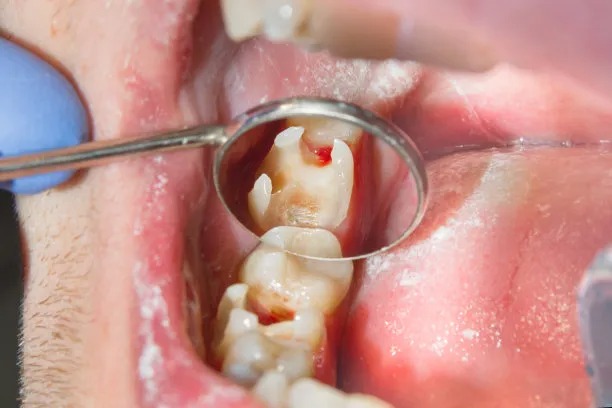Essential Guidelines and Precautions to Ensure Successful Root Canal Treatment and Minimize Patient Discomfort
Summary: Root canal treatment is a crucial dental procedure aimed at alleviating pain and preserving natural teeth. To ensure successful outcomes and minimize patient discomfort, specific guidelines and precautions must be adhered to. This article explores four essential aspects of root canal treatment: patient evaluation, anesthesia management, procedural techniques, and post-treatment care. By understanding these elements, dental professionals can enhance the overall experience for patients undergoing this vital treatment and ensure lasting dental health.
1. Importance of Patient Evaluation

Patient evaluation is the cornerstone of successful root canal treatment. Dentists must conduct a thorough examination, including taking detailed medical histories and performing clinical examinations. This step facilitates the identification of potential complications and specific conditions that may impact the treatment process.
Along with medical history, imaging techniques such as X-rays help in visualizing the tooths internal structure and surrounding tissues. Accurate diagnosis aids in determining the number of canals present, the complexity of the case, and any underlying issues that may require attention during the procedure, leading to a more customized approach.
Open communication between the dentist and patient is vital during this phase. Patients should be encouraged to voice any concerns, as understanding their anxiety levels and expectations helps tailor the treatment plan to address their fears, thereby enhancing comfort and cooperation.
2. Effective Anesthesia Management
Administering appropriate anesthesia is essential in minimizing discomfort during root canal procedures. Dentists must choose the right anesthetic agents based on individual patient needs and the complexity of the procedure. Local anesthesia remains the standard choice, ensuring that the targeted area is completely numb before commencing treatment.
Additionally, the technique of anesthesia administration plays a significant role in patient comfort. Proper technique can prevent unnecessary pain and anxiety associated with needle insertion. The use of adjunctive methods, such as topical anesthetics and sedation options, can further reduce discomfort and make the experience more pleasant for anxious patients.
Continuous assessment of anesthesia effectiveness throughout the procedure is crucial. Dentists should remain attuned to the patient’s responses, adjusting techniques if necessary to ensure they remain comfortable and pain-free during treatment.
3. Advanced Procedural Techniques
Employing advanced procedural techniques is vital for the success of root canal treatment. Adherence to protocols can ensure thorough cleaning and shaping of the root canals. Utilizing modern endodontic instruments, including rotary files, helps in achieving efficient canal preparation while reducing treatment time and improving outcomes.
Furthermore, the use of an operating microscope enhances visualization during treatment. Improved sight allows dentists to identify canals more easily, locate complexities, and navigate through challenging anatomy, which leads to less trauma and greater success rates.
In addition to standard techniques, the incorporation of irrigation and disinfection methods is paramount to eliminate bacteria and debris from the canals. Maintaining a sterile environment significantly reduces the risk of post-treatment complications, paving the way for better long-term healing and sustainability of the tooth.
4. Comprehensive Post-Treatment Care
Post-treatment care is equally essential in ensuring the success of root canal therapy. Providing patients with clear and comprehensive aftercare instructions can help manage discomfort and promote healing. Patients should be informed about potential symptoms and what constitutes a normal recovery process versus signs of complications.
Regular follow-ups should be encouraged to monitor healing and address any concerns that may arise. During these visits, dentists can assess the treatments success, reinforce proper oral hygiene practices, and address local pain or discomfort through additional therapies if needed.
Patients should also be advised on lifestyle choices that can affect recovery, including diet modifications and smoking cessation. This holistic approach helps patients understand their role in promoting successful outcomes, ensuring overall satisfaction with the treatment.
Summary:
In conclusion, successful root canal treatment hinges on several key elements, from thorough patient evaluation to effective anesthesia management and advanced procedural techniques. By focusing on these areas, dental professionals can significantly reduce patient discomfort and improve the overall success of the treatment. Post-treatment care further ensures the longevity of the procedure, emphasizing the importance of follow-up and patient involvement in the recovery process.
This article is compiled by Vickong Dental and the content is for reference only.



